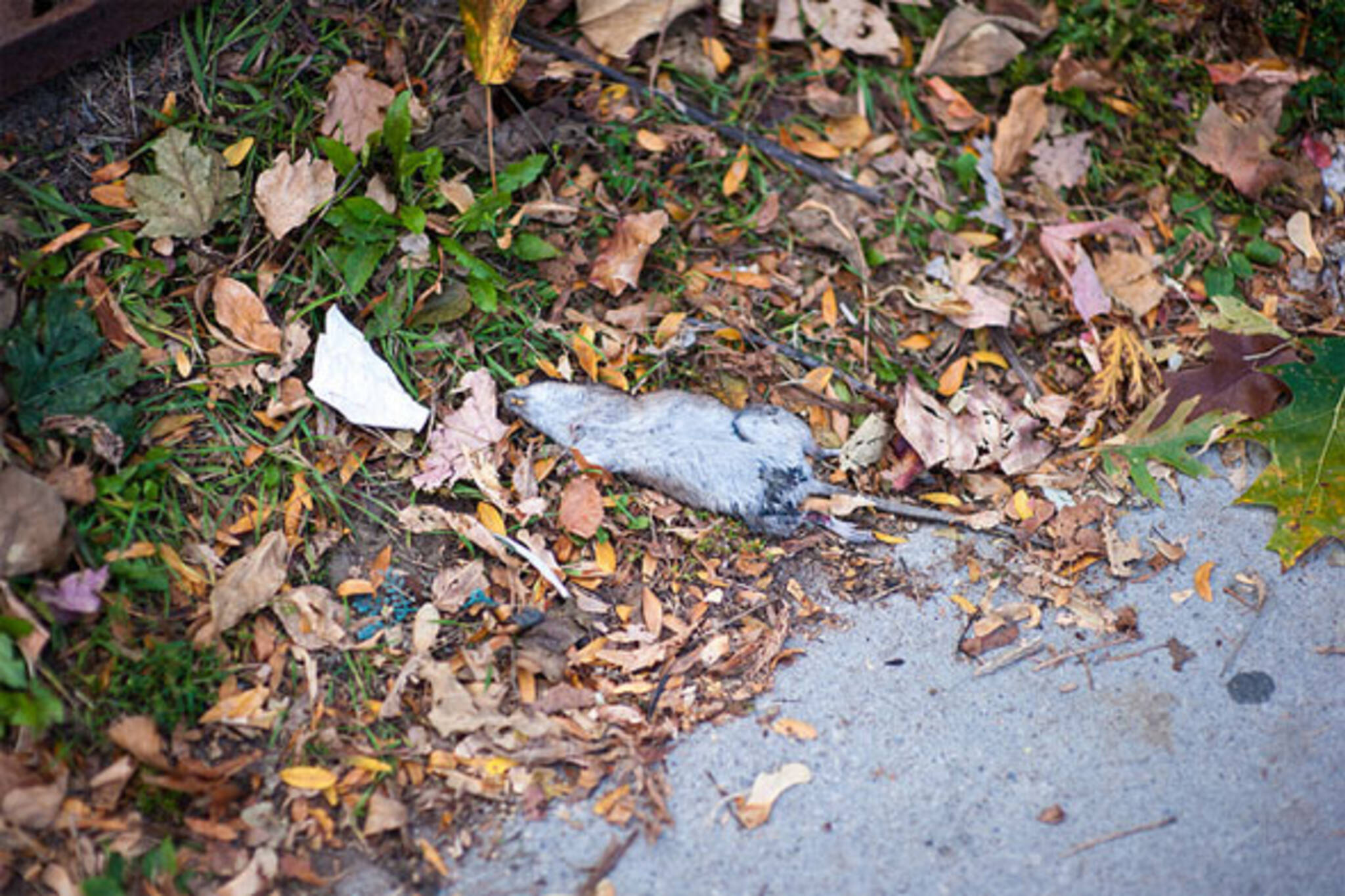
Everything you need to know about rats in Toronto
Rats are the archetypical urban critters. As long as there have been towns and cities, these furry rodents have been scurrying through our buildings, scavenging our food, and sometimes infecting us with diseases.
Toronto's rats the same ones found in almost every corner of the world. An aggressively invasive species that likely originated in Asia, the Brown rat is everywhere except the high Arctic and, strangely, Alberta (thanks to its geography, the province is almost entirely surrounded by natural rat barriers, like mountains and prairie.)
Brown rats spread throughout the world as stowaways in the holds of ships, arriving in North America some time in the 1700s. Port cities like Toronto would have seen its first rats scurrying down gangplanks around this time, too.
Today, experts can only guess at the number or rats living in Toronto. Rough estimates put the population in the tens of thousands, most of them downtown, according to David Sugarman, an animal expert at the Ontario Science Centre.
"If you see a rat in Toronto or Ontario, you're seeing a Brown rat," he says. Fully grown adults are usually about 20-25 centimetres long, excluding the tail, which is about the same length as the body. The males tend to be about a third bigger than the females.
Because they aren't fussy eaters (though they prefer seeds and grains,) cities like ours with overflowing garbage cans stuffed with food scraps present an irresistible smorgasbord for rats. When the going is good, females, which are biologically programmed to be baby-producing machines, deliver larger litters.
"They can have litters of up to 14, but generally it's around seven," Sugarman says. "And they can have from five to seven litters a year. So if you think about it, one female having 35 to 49 babies a year, you can see why the population of rats can really grow."
The average Toronto rat lives for about a year, but the lucky ones that avoid being poisoned, run over, or otherwise untimely snuffed out can last up to three. What's really remarkable, however, is how quickly Brown rats grow up. Infants become sexually mature just a month after birth and females spend almost their entire lives pregnant, giving birth in small nests of discarded newspaper, fabric, wood shavings, or other insulating material.
Sheds, basements, and crawlspaces are popular rat real estate locations, though almost anywhere away from predators--skunks, raccoons, coyotes, dogs, and cats--works just fine.
Generally speaking, they're extremely wary of humans and prefer to remain out of sight, though a cornered or threatened rat might act aggressively or bite. Despite a reputation for being riddled with disease, Nathalie Karvonen from the Toronto Wildlife Centre says Brown rats are no dirtier than other wild animals.
"They're actually very clean in the sense that they keep themselves very, very clean," she says. "They are constantly grooming themselves and if by some miracle you could actually snatch one out of the wild at a random moment you would find it to be a very clean, well-groomed animal."
(That doesn't mean Toronto's rats are disease-free. Sugarman says they can carry toxoplasmosis, a potentially serious parasitic disease, and other nasties picked up from their surroundings.)
Though widely despised, it seems people still care about the wellbeing of Toronto's most common wild rodents. A small number of rats are admitted to the Wildlife Centre every year, often after being poisoned or attacked by domestic pets, Karvonen says.
"Yes, they do have a bad reputation, but there's lots of people who just care about animals generally and who understand, rightly so, that there really is no difference between a rat, and a squirrel, and your pet hamster at home. They're really all just rodents."
Chris Bateman is a staff writer at blogTO. Follow him on Twitter at @chrisbateman.
Image: tom/blogTO Flickr pool.
Latest Videos
Latest Videos
Join the conversation Load comments







